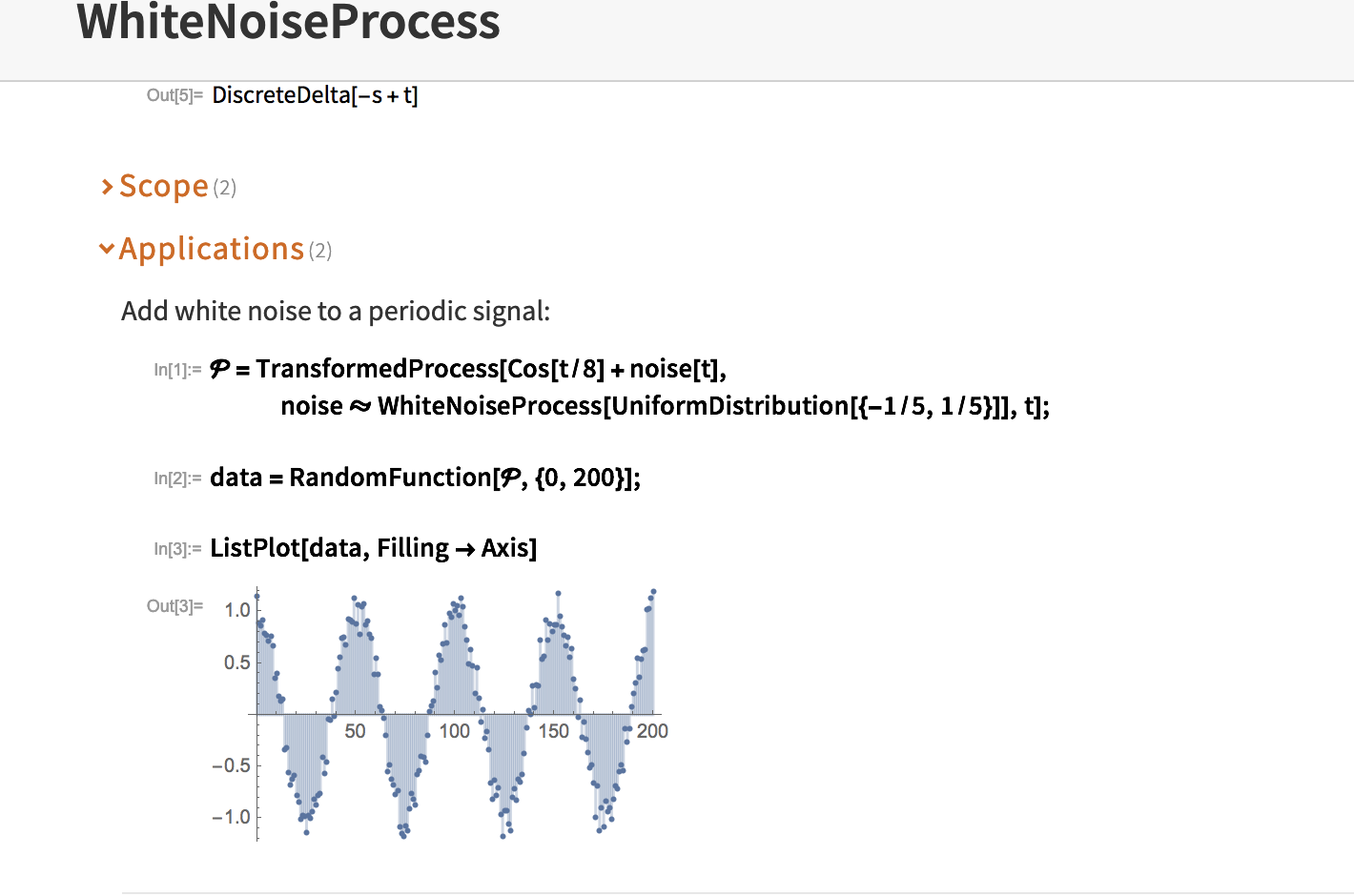Hi everyone! I have the following issue:
In the Documentation I have found that to add withe noise to a signal one should do the following: 
However, when a signal depend on 2 variables, e.g, f(k,m), and k,m are integers, and an output, the values of f(k,m), is either complex or real numbers. HOW CAN one ADD WHITE NOISE here?
I would be grateful very-very much for your help!
Best regards, Anna